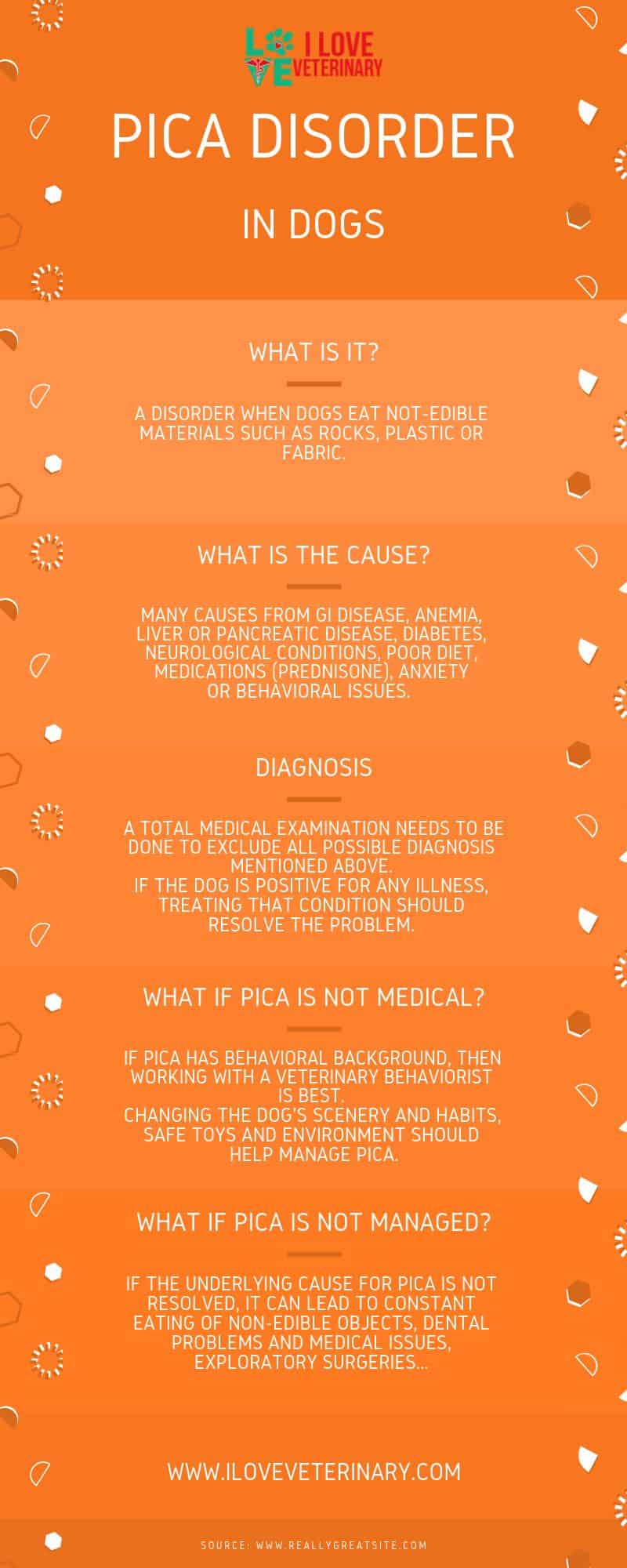

For example if the owner laughs or fusses the dog for picking up certain items this may reinforce the behaviourĪny condition or medication that increases hunger - diabetes mellitus, treatment with steroids (particularly at high doses), appetite stimulants such as mirtazepine, malabsorption syndromesĭiet related - an unbalanced or low quality diet may cause your dog to crave things they are not receiving in their normal diet, so ensure you are using a high quality complete diet appropriate for your dog’s life stageĬertain clinical diseases - some conditions have been associated with pica, such as anaemia, exocrine pancreatic insufficiency (EPI), liver disease and anaemia The list below suggests some of the possible triggers:īehavioural causes - stress/anxiety, boredom, learned behaviour. Causes of pica in dogsĮstablishing the cause of pica in your individual dog can be difficult. Read our article on gastrointestinal foreign bodies for more information on this topic. Pica becomes a problem when it is repeated and compulsive. For example, puppies will often eat things they shouldn’t and often use chewing when they are young as a way of exploring the world they live in. Some of this behaviour can be considered normal. You can read more about pica in cats here. It is much less common in cats, who tend to be much more fussy about what they consume.

There are dogs that find the scent and taste of their own or other animals’ feces attractive, so they will consume them.Pica is more common in dogs than cats. Some dogs with pica are known to eat feces, but pica should not be confused with the ingestion of feces (coprophagia). This medical condition can endanger your pet’s health and life because they can consume toxic substances, choke on large objects, or swallow objects that can get stuck in the intestine. The name of the condition comes from the Latin scientific name of the magpie ( Pica pica) 2, a bird known for being able to eat almost anything. Pica can also be a sign of other diseases, such as anemia. It is not a disorder of the digestive system nor a nutritional problem, but rather a psychological anomaly. It has been observed that dogs prefer objects that have their owner’s scent. Pica is the compulsive ingestion of inedible substances or items, such as earth, chalk, paper, sand, stones, wood, rubber, clothing items (underwear and socks) 1, washcloths, towels, bedding, balls, children’s toys, batteries, etc. Ingesting stones or other non-edible items can lead to intestinal obstruction, vomiting, diarrhea, or even suffocation if the item is large enough to get stuck in your dog’s throat. Stones and wood are common materials that dogs with pica will consume.Įating stones or other foreign objects can be dangerous not only for the teeth and soft tissues of your dog’s mouth but also for their digestive system. For example, if your dog has swallowed a stone, that does not mean they suffer from pica, but if they do this regularly, it would be best to take your pet to the vet for an evaluation. However, dogs that regularly crave and consume non-food, inedible materials may be suffering from pica.

This behavior is relatively normal, especially for young dogs. The information is current and up-to-date in accordance with the latest veterinarian research.ĭogs tend to eat things that are not part of their usual diet, commonly their own or another animal’s feces.


 0 kommentar(er)
0 kommentar(er)
